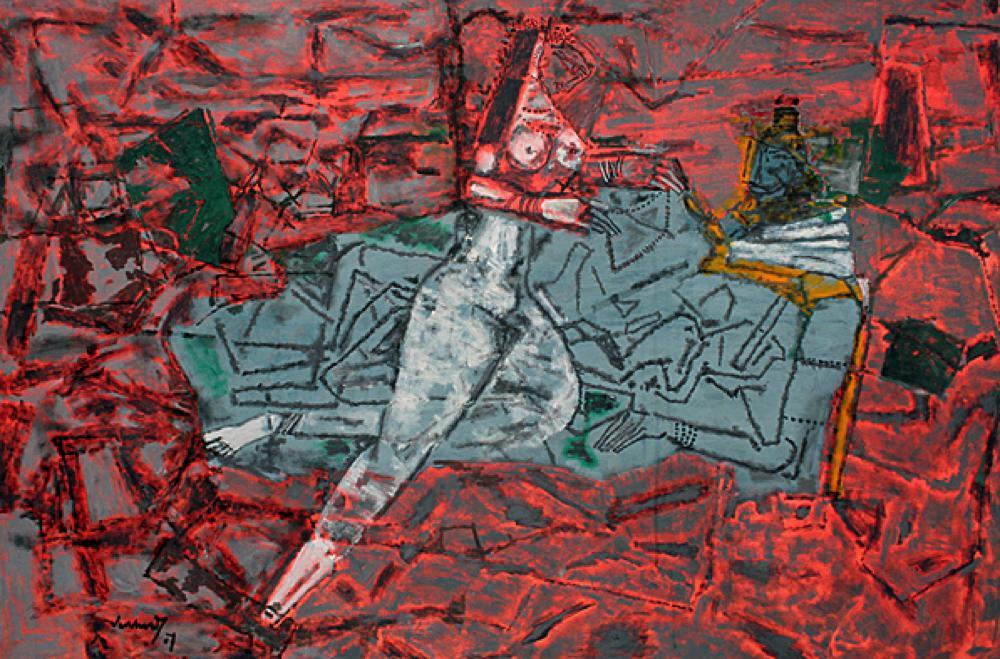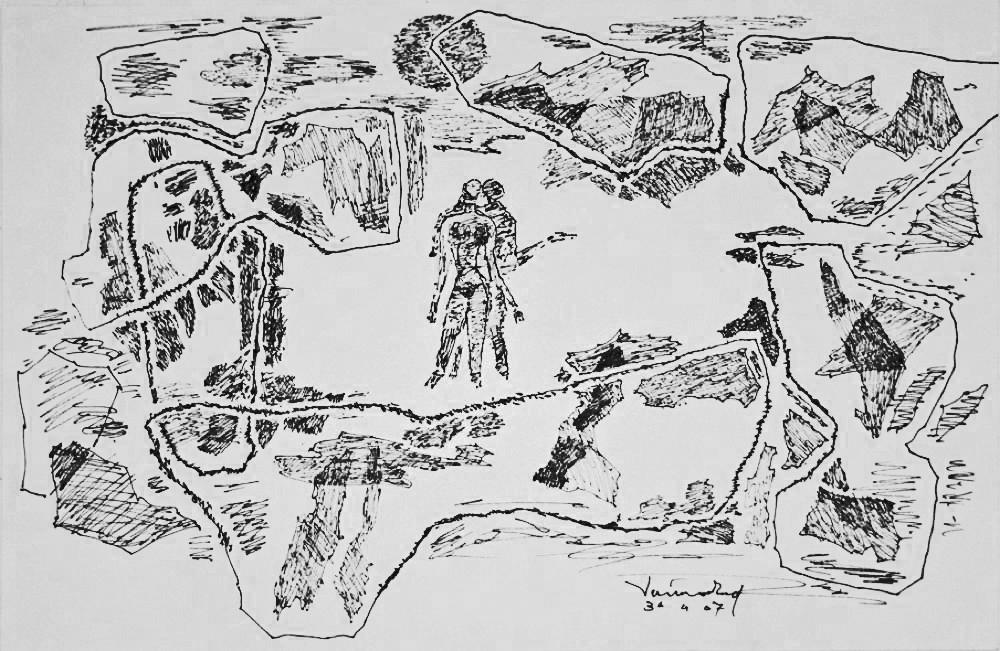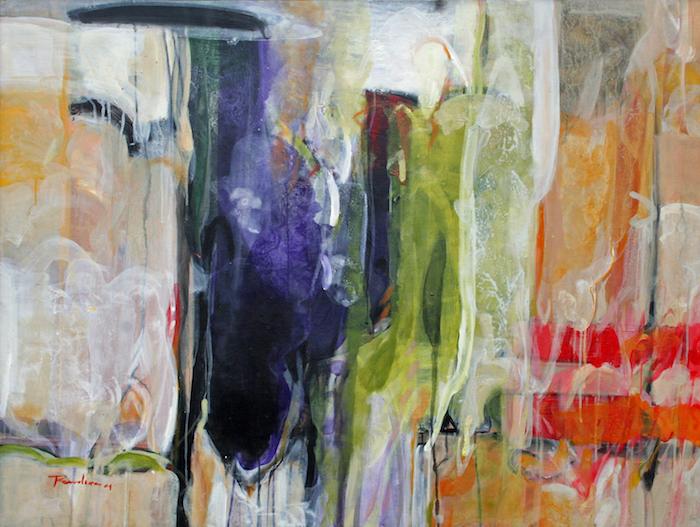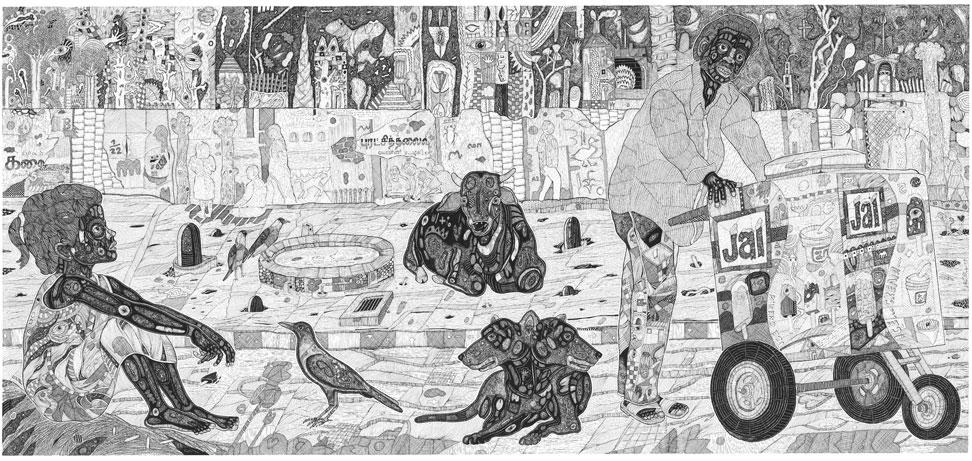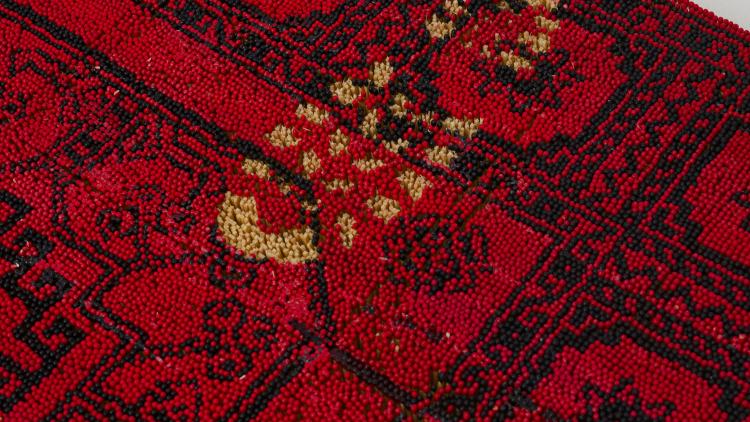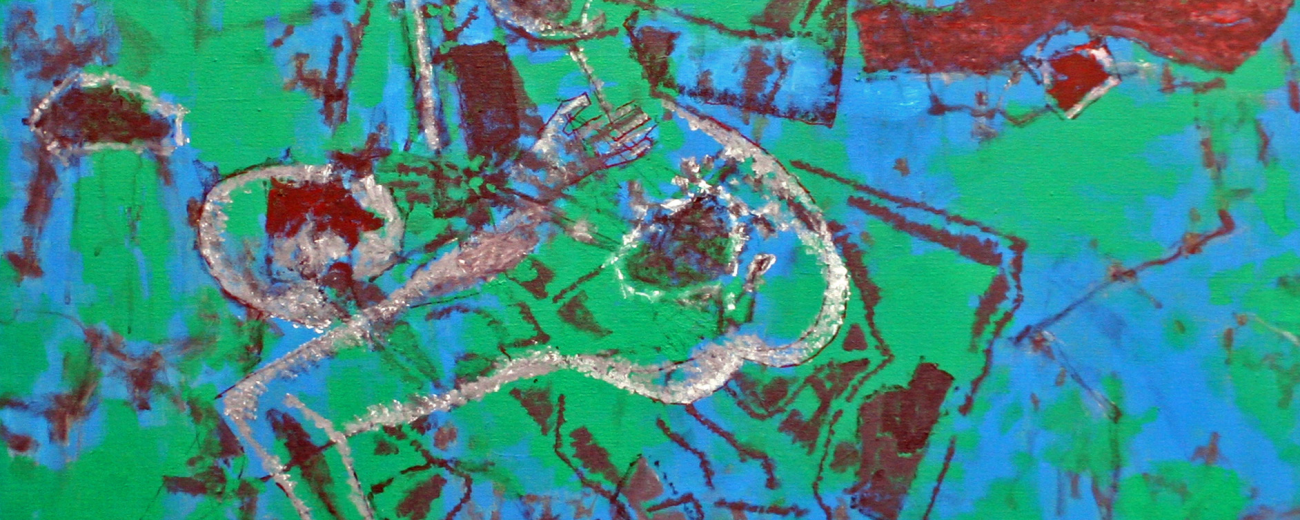
A.P. Santhanaraj (1932-2009) modern and contemporary art from South India

Key information
- Date
- to
- Time
-
10:30 am to 5:00 pm
- Venue
- Brunei Gallery, SOAS
- Event type
- Exhibition
About this event
SOAS’s Brunei Gallery and The Noble Sage are pleased to present an exhibition highlighting the art of the late A.P. Santhanaraj (1932 – 2009) in London, as well as that of some of his contemporaries, students, and followers, for global audiences keen to learn more about the artistic development in South India after Independence.
The Madras College of Arts and Craft in India was the first art school officially set up by the British in 1850. It is the least documented and considered, the interest historically falling toward Bombay, Baroda, Calcutta, and Delhi. This side-lining had the obverse effect of allowing a southern idiom to flourish, particularly in Tamil Nadu. Today there is an urgent need to globally spotlight the work of these artists as a parallel discourse to that that occurred elsewhere in India. This exhibition project is a significant stepping-stone to this end.
A.P. Santhanaraj (1932-2009) is one of the most influential artists of the second wave that followed K.C.S. Panniker and S. Dhanapal out of the Madras College of Arts and Craft. Santhanaraj forged an artistic style of his own dedicated to ascertaining the various complexities of pictorial space through an abstract engagement with the figurative subject matter. Crucial to his work from the start was his love of line: its meandering through pictorial space, defining and dividing in its wake, shaping, and destroying form, aiding, and inhibiting light and colour. His spontaneous free line inspired his colour palette and archetypes to emerge, especially the female heroine or lovers in an embrace. These archetypes would appear from his subconscious through the jagged lines and the spatial areas they displaced within his process. Santhanaraj saw his line as fuelled by divine power. A devout Christian himself, his understanding of artmaking related just as much to Hindu interpretations of Shiva Nataraja – creating and destroying in its wake to form life.
To his last days, Santhanaraj experimented with abstraction and unconscious figuration. His paintings began with the placement of random pieces of paper on the canvas. These are then moved around the pictorial space whilst the canvas or paper itself is intermittently rotated and inspected from all angles. The methodology reveals symmetry with Jackson Pollock, a painter who in his abstraction would circle the canvas on the floor like a panther meeting its prey. Following this Santhanaraj would remove the pieces of paper, having logged the shapes to memory, and create imagery through line working from their memory. It is from this process that figuration would emerge. The resulting works have an aesthetic appeal similar to the art of M.F. Hussain though with more oscillation toward the abstract.
Please join us for the Private View on 13 July, booking essential.
